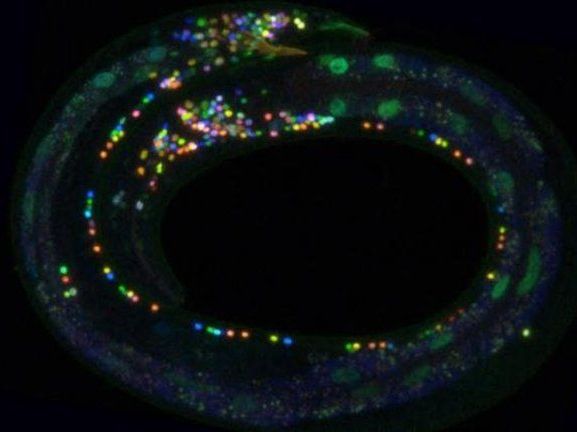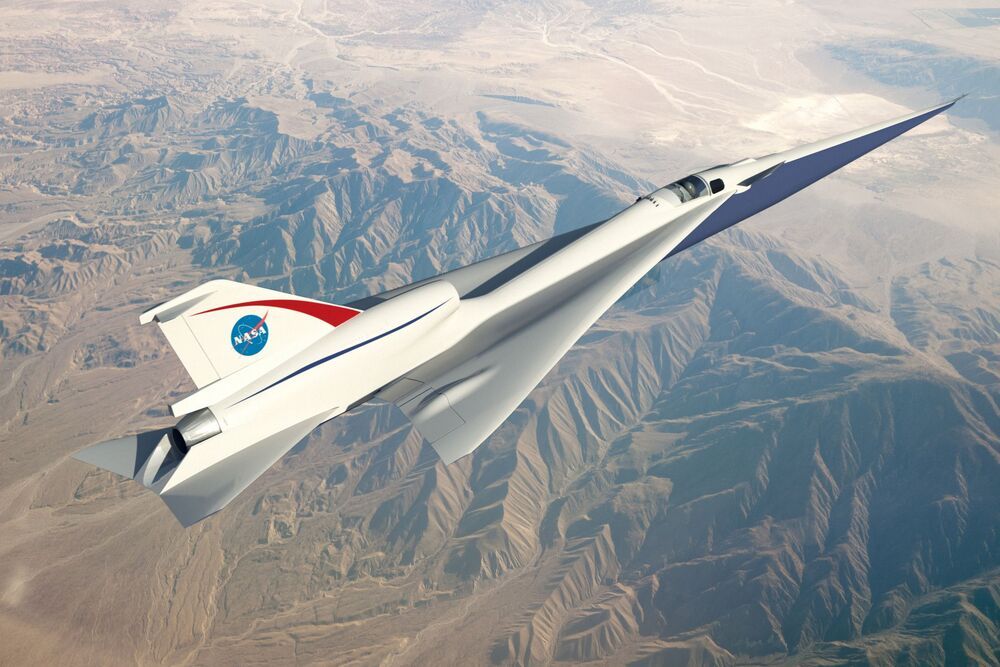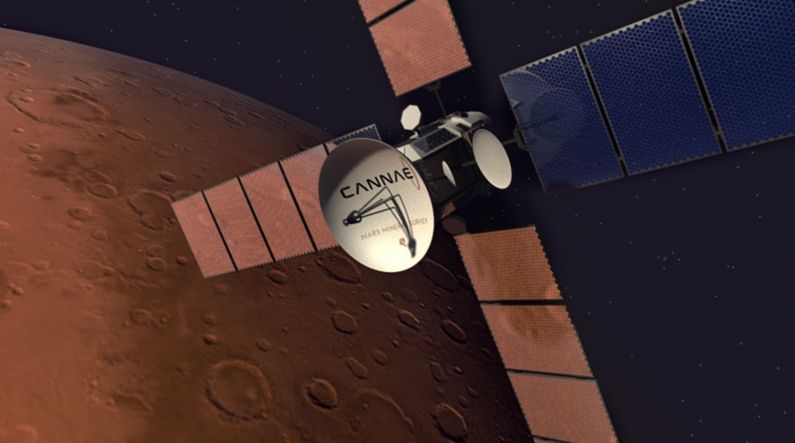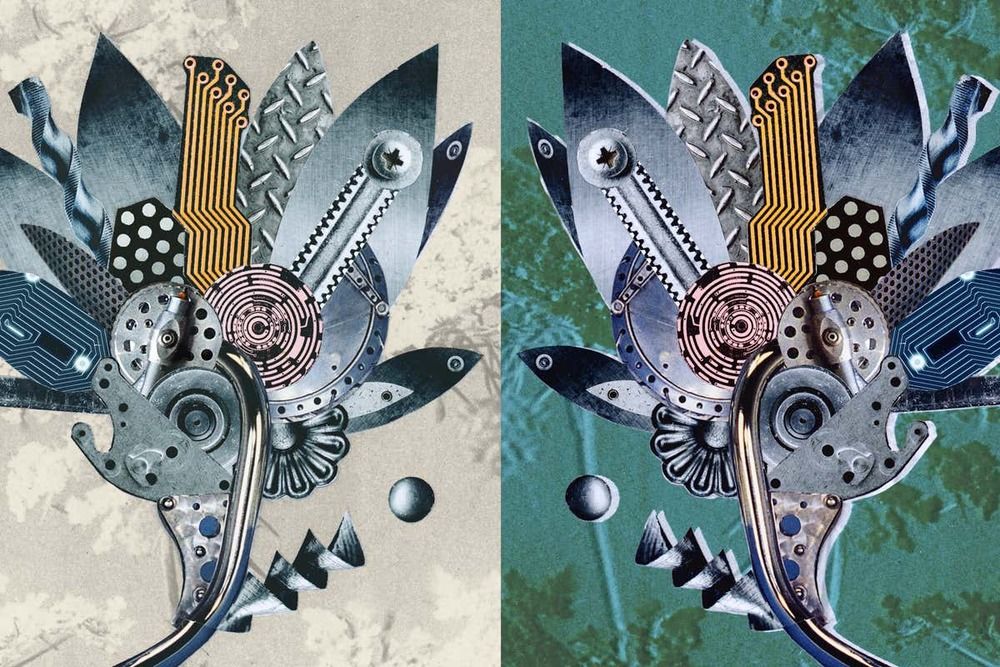Jan 11, 2021
‘Galaxy-sized’ observatory sees potential hints of gravitational waves
Posted by Saúl Morales Rodriguéz in categories: physics, space
Scientists have used a “galaxy-sized” space observatory to find possible hints of a unique signal from gravitational waves, or the powerful ripples that course through the universe and warp the fabric of space and time itself.
The new findings, which appeared recently in The Astrophysical Journal Letters, hail from a U.S. and Canadian project called the North American Nanohertz Observatory for Gravitational Waves (NANOGrav).
For over 13 years, NANOGrav researchers have pored over the light streaming from dozens of pulsars spread throughout the Milky Way Galaxy to try to detect a “gravitational wave background.” That’s what scientists call the steady flux of gravitational radiation that, according to theory, washes over Earth on a constant basis. The team hasn’t yet pinpointed that target, but it’s getting closer than ever before, said Joseph Simon, an astrophysicist at the University of Colorado Boulder and lead author of the new paper.


















